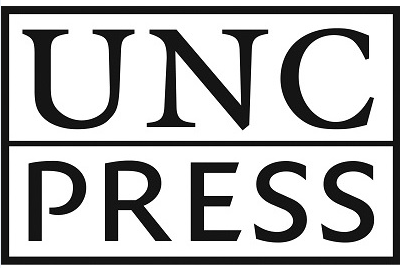In this study of busy, complex Regional City -- and it is a real
city -- the author has analyzed the power structure from top to
bottom. He has searched out the men of power and, under fictitious
names, has described them as they initiate policies in their
offices, their homes, their clubs. They form a small, stable group
at the top of the social structure. Their decision-making
activities are not known to the public, but they are responsible
for whatever is done, or not done, in their community.
Beneath this top policy group is a clearly marked social
stratification, through which decisions sift down to the
substructures chosen to put them into effect. The dynamic relations
within the power structure are made clear in charts, but the real
interest lies in the author's report of what people themselves say.
The African American community is also studied, with its own power
structure and its own complicated relations with the large
community. The method of study is fully described in an
Appendix.
The book should be of particular value to sociologists, political
scientists, city-planning executives, Community Council members,
social workers, teachers, and research workers in related fields.
As a vigorous and readable presentation of facts, it should appeal
to the reader who would like to know how his/her own community is
run.
Community Power Structure is not an expose. It is a
description and discussion of a social phenomenon as it occured. It
is based on sound field research, including personal observation
and interviews by the author.

